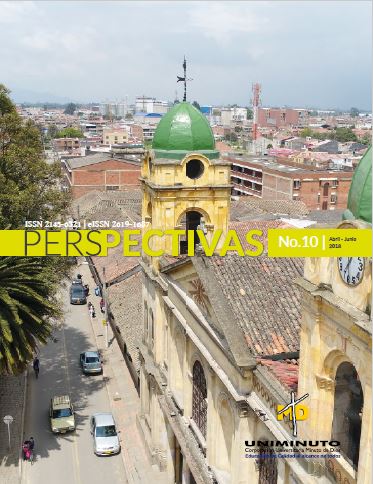Análisis de los factores que afectan la competitividad de las organizaciones solidarias del municipio de San Juan de Rioseco
Contenido principal del artículo
Resumen
El municipio de San Juan de Rioseco, perteneciente a la provincia de Magdalena Centro, basa su economía en actividades agrícolas de pequeña escala, renglón que representa la segunda industria aportante al PIB del municipio. La gestión de actividades agrícolas tiene su centro en procesos asociativos que buscan mejorar las condiciones de los pequeños productores asociados; sin embargo, el municipio presenta indicadores de competitividad bajos en relación con otros municipios del departamento. Con este marco de referencia se realiza el presente estudio de investigación, que tiene como objetivo analizar las dinámicas de las organizaciones solidarias presentes en el municipio, teniendo como base los elementos de caracterización general de las organizaciones, estructura organizacional yalianzas estratégicas.
La metodología de investigación establecida fue de diagnóstico rural participativo, por medio de métodos interpretativos y herramientas de tipo mixto en tres fases establecidas, tomando como muestra cuatro de las trece asociaciones que se encuentran constituidas en la actualidad en el territorio.
Como resultados principales del proceso investigativo, se generó la cartografía social de las organizaciones solidarias, en donde se identifican diecisiete organizaciones establecidas en el municipio. El segundo resultado fue la identificación de las características organizacionales y administrativas y su influencia sobre la gestión y cumplimiento de las metas organizacionales y productivas de las organizaciones. El tercer resultado presenta el análisis de las redes y articulación interorganizacional en San Juan y su influencia en los procesos de competitividad y gestión de las asociaciones.
Detalles del artículo
Sección
Cómo citar
Referencias
Alcaldía Municipal San Juan de Rioseco. (2016).Plan de Desarrollo Municipal San Juan de Rioseco 2016- 2019. “Trabajo con honestidad y vocación de servicio”.
Bernal, A., & Rivas, L. (2012). Modelos para la identificaciónde stakeholders y su aplicación a la gestión de los pequeños abastecimientos comunitarios de agua.
Bucaramanga: Lebret.
Bonilla, E., Hurtado, J., & Jaramillo, C. (2009). La investigación. Aproximaciones a la construcción del conocimiento científico. Colombia: Alfaomega.
Consejo Privado de Competitividad (cpc), Centro de Pensamiento en Estrategias Competitivas de la Universidad del Rosario (Cepec). (2014). Índice
departamental de competitividad. Recuperado de www.compite.com.co/site/indice-departamental-de-competitividad-2014/
Giraldo, D. (2016). Cartografía social pedagógica: Entre teoría y metodología. Revista Colombiana de Educación, (70), 247 – 285.
Gobernación de Cundinamarca. (2011). Plan de competitividad del Magdalena Centro. Recuperado de :///C:/Users/ACER/Downloads/Plan%20
de%20competitividad%20del%20Magdalena%20Centro.pdf
Jones, G. (2008). Teoría organizacional. Diseño y cambio en las organizaciones (5ª ed.). Texas: Pearson.
Sánchez, A. (2010). Introducción: ¿Qué es caracterizar? Medellín: Fundación Universitaria Católica del Norte.
Strauss, A., & Corbin, J. (2002). Bases de la investigación cualitativa. Técnicas y procedimientos para desarrollar la teoría fundamentada. Medellín: Universidad
de Antioquia.
Torres, C. (2007). Introducción a la administracion de organizaciones. Bogotá, D.C.: Pearson.

